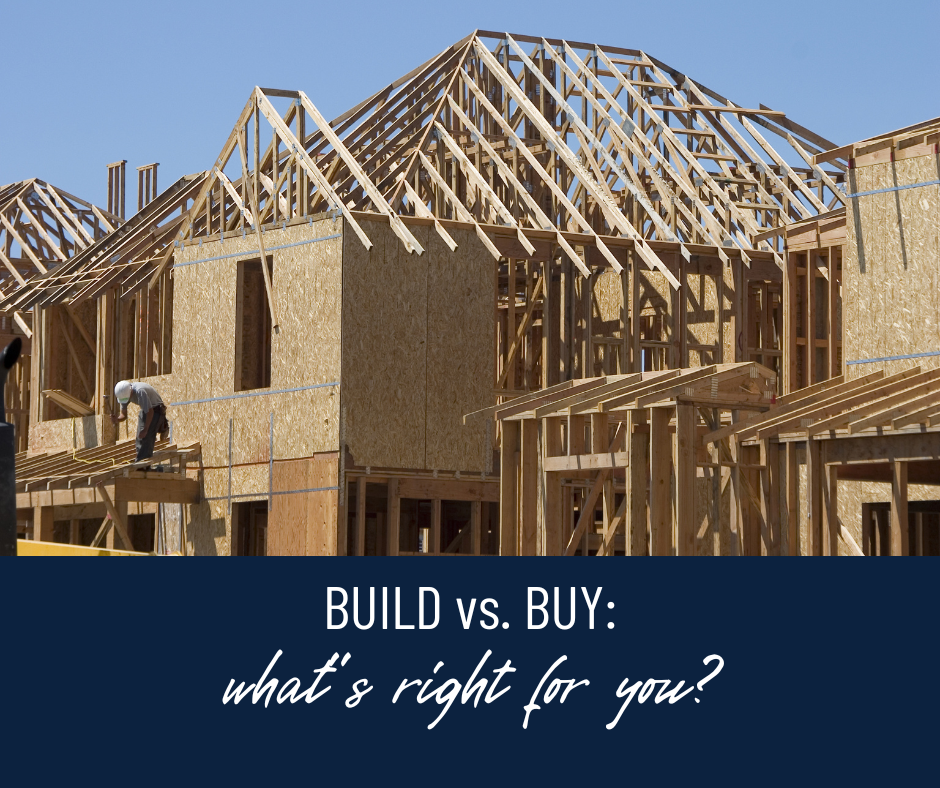Building vs Buying: Which Option is Right for You?
Read latest blogs and articles from Housystan

The Information mentioned here was last updated on:
28/12/2025Deciding between building or buying a home is a significant choice for anyone looking to settle down. Whether you are searching for a new house in your local area or considering relocating to a different city, understanding the advantages and challenges of each option is essential for making the best decision. By analyzing the factors unique to your region, you can find the ideal fit that matches your lifestyle and budget.
Building a home offers unparalleled customization. You can select your preferred design, choose high-quality materials, and incorporate features that align with your needs. In regions with rapidly growing communities, building ensures you get exactly what you want, from energy-efficient appliances to tailored floor plans. Additionally, new construction eliminates concerns about outdated systems or the need for immediate repairs. However, constructing a new residence can take several months and often requires navigating permits, inspections, and potential delays, depending on local regulations and weather conditions.
On the other hand, buying an existing property is typically faster and can provide immediate access to established neighborhoods with mature landscaping and developed infrastructure. This option is especially attractive in urban environments or popular suburbs where housing inventory moves quickly. Many buyers appreciate the charm of older homes and the convenience of moving into a ready-made space. Yet, purchasing an existing house may involve compromises on layout, style, or modern amenities. It’s also important to budget for possible renovations or updates, particularly in areas where homes are older.
- Verified Tenants/Buyers
- Unlimited Property Listing
- Zero subscription/charges fee
To determine the right path, consider your timeline, financial situation, and local real estate market trends. Work with a local agent familiar with neighborhoods, schools, and community resources, as their expertise will help you navigate zoning laws and property values. Whether you choose to build or buy, understanding the benefits and challenges specific to your city or region will guide you toward a well-informed decision. Ultimately, choosing between building or buying a home depends on your priorities, preferences, and the unique opportunities within your chosen location.